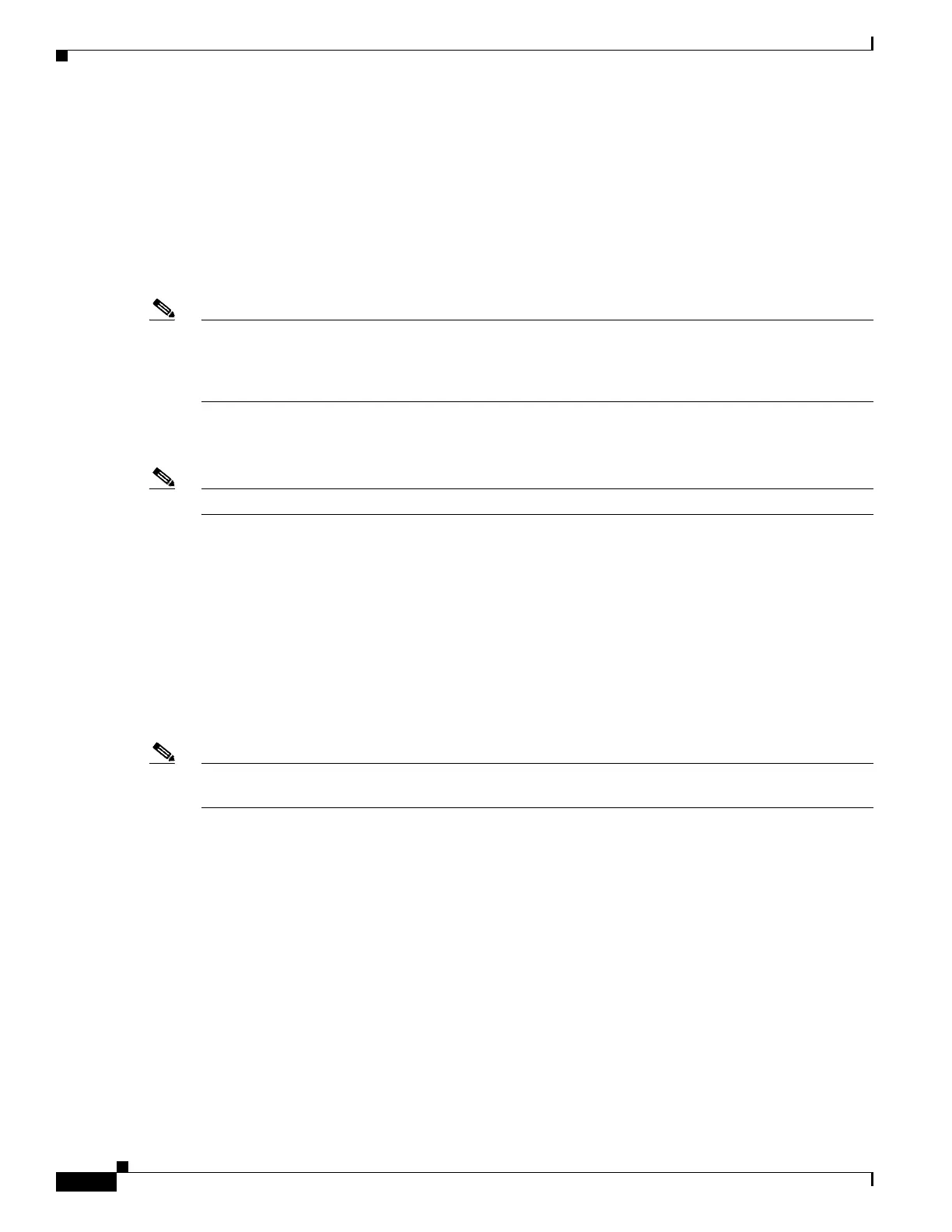1-22
Catalyst 3750-X and 3560-X Switch Software Configuration Guide
OL-25303-03
Chapter 1 Troubleshooting
Using the show platform forward Command
Redirecting Debug and Error Message Output
By default, the network server sends the output from debug commands and system error messages to the
console. If you use this default, you can use a virtual terminal connection to monitor debug output
instead of connecting to the console port or the Ethernet management port.
Possible destinations include the console, virtual terminals, internal buffer, and UNIX hosts running a
syslog server. The syslog format is compatible with 4.3 Berkeley Standard Distribution (BSD) UNIX
and its derivatives.
Note Be aware that the debugging destination you use affects system overhead. Logging messages to the
console produces very high overhead, whereas logging messages to a virtual terminal produces less
overhead. Logging messages to a syslog server produces even less, and logging to an internal buffer
produces the least overhead of any method.
When stack members generate a system error message, the stack master displays the error message to
all stack members. The syslog resides on the stack master.
Note Make sure to save the syslog to flash memory so that the syslog is not lost if the stack master fails.
For more information about system message logging, see Chapter 1, “Configuring System Message
Logging and Smart Logging.”
Using the show platform forward Command
The output from the show platform forward privileged EXEC command provides some useful
information about the forwarding results if a packet entering an interface is sent through the system.
Depending upon the parameters entered about the packet, the output provides lookup table results and
port maps used to calculate forwarding destinations, bitmaps, and egress information.
Note For more syntax and usage information for the show platform forward command, see the switch
command reference for this release.
Most of the information in the output from the command is useful mainly for technical support
personnel, who have access to detailed information about the switch application-specific integrated
circuits (ASICs). However, packet forwarding information can also be helpful in troubleshooting.
This is an example of the output from the show platform forward command on port 1 in VLAN 5 when
the packet entering that port is addressed to unknown MAC addresses. The packet should be flooded to
all other ports in VLAN 5.
Switch# show platform forward gigabitethernet1/0/1 vlan 5 1.1.1 2.2.2 ip 13.1.1.1 13.2.2.2
udp 10 20
Global Port Number:24, Asic Number:5
Src Real Vlan Id:5, Mapped Vlan Id:5
Ingress:
Lookup Key-Used Index-Hit A-Data
InptACL 40_0D020202_0D010101-00_40000014_000A0000 01FFA 03000000
L2Local 80_00050002_00020002-00_00000000_00000000 00C71 0000002B
Station Descriptor:02340000, DestIndex:0239, RewriteIndex:F005

